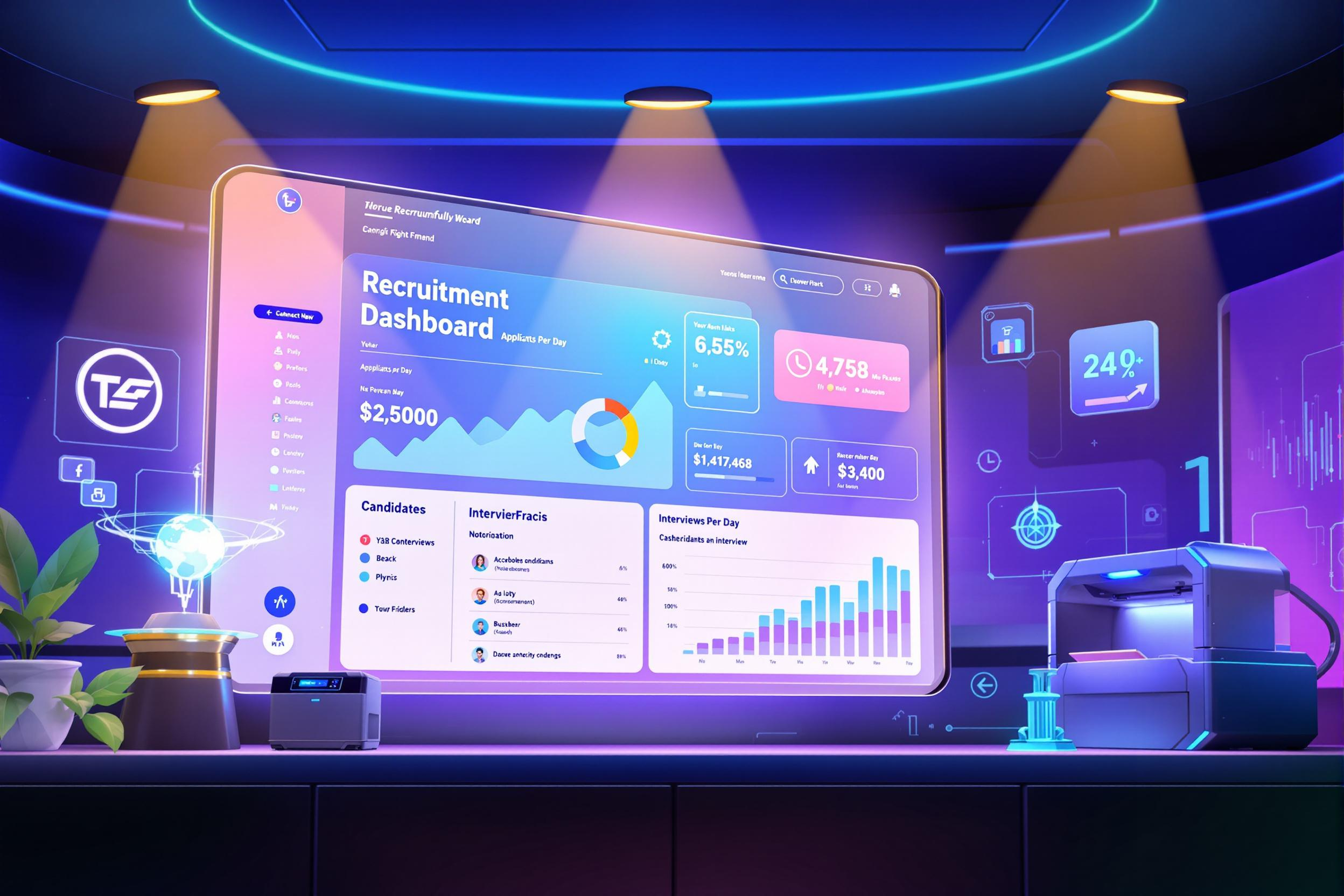
Artificial Lift
Artificial Lift is a technique used in oil wells when natural pressure isn't enough to bring oil to the surface. Think of it like using a straw to help drink the last bit of milkshake from the bottom of the glass. Oil companies use various methods of artificial lift, such as pumps or gas injection, to help get more oil out of their wells. This is a crucial part of oil production because most wells eventually need some form of artificial lift to remain productive. Engineers who work with artificial lift systems help oil companies get the most value from their wells by selecting, designing, and maintaining these systems.
Examples in Resumes
Managed Artificial Lift systems for 50+ oil wells, improving production by 30%
Designed and implemented Artificial Lift solutions for mature oil fields
Supervised installation of Electric Submersible Pump and other Artificial Lift methods
Typical job title: "Artificial Lift Engineers"
Also try searching for:
Where to Find Artificial Lift Engineers
Professional Organizations
Job Boards
Professional Networks
Example Interview Questions
Senior Level Questions
Q: How would you approach optimizing artificial lift systems for a mature oil field?
Expected Answer: A senior engineer should discuss evaluating current well performance, analyzing different lift methods, considering economic factors, and creating a comprehensive optimization plan that includes monitoring and maintenance schedules.
Q: What factors do you consider when selecting an artificial lift method for a new well?
Expected Answer: Should explain considering well depth, fluid properties, production rates, power availability, maintenance requirements, and cost analysis, demonstrating understanding of various lift methods' advantages and limitations.
Mid Level Questions
Q: What are common problems with Electric Submersible Pumps and how do you troubleshoot them?
Expected Answer: Should be able to discuss common issues like pump wear, electrical problems, and production changes, along with basic troubleshooting steps and monitoring techniques.
Q: Explain the basics of gas lift operation and its advantages.
Expected Answer: Should describe how gas lift works in simple terms, when it's most appropriate to use, and its benefits like reliability and flexibility in different well conditions.
Junior Level Questions
Q: What are the main types of artificial lift methods?
Expected Answer: Should be able to list and briefly describe common methods like rod pumps, electric submersible pumps, gas lift, and progressive cavity pumps.
Q: Why is artificial lift necessary in oil production?
Expected Answer: Should explain that wells lose natural pressure over time and need help bringing oil to the surface, understanding the basic concept of reservoir pressure depletion.
Experience Level Indicators
Junior (0-2 years)
- Basic understanding of artificial lift methods
- Monitoring well performance
- Data collection and reporting
- Basic troubleshooting
Mid (2-5 years)
- System design and selection
- Performance optimization
- Problem diagnosis
- Project management
Senior (5+ years)
- Advanced system optimization
- Field development planning
- Team leadership
- Economic analysis
Red Flags to Watch For
- No field experience with artificial lift systems
- Lack of knowledge about basic well operations
- No understanding of safety procedures
- Unable to read and interpret well data




